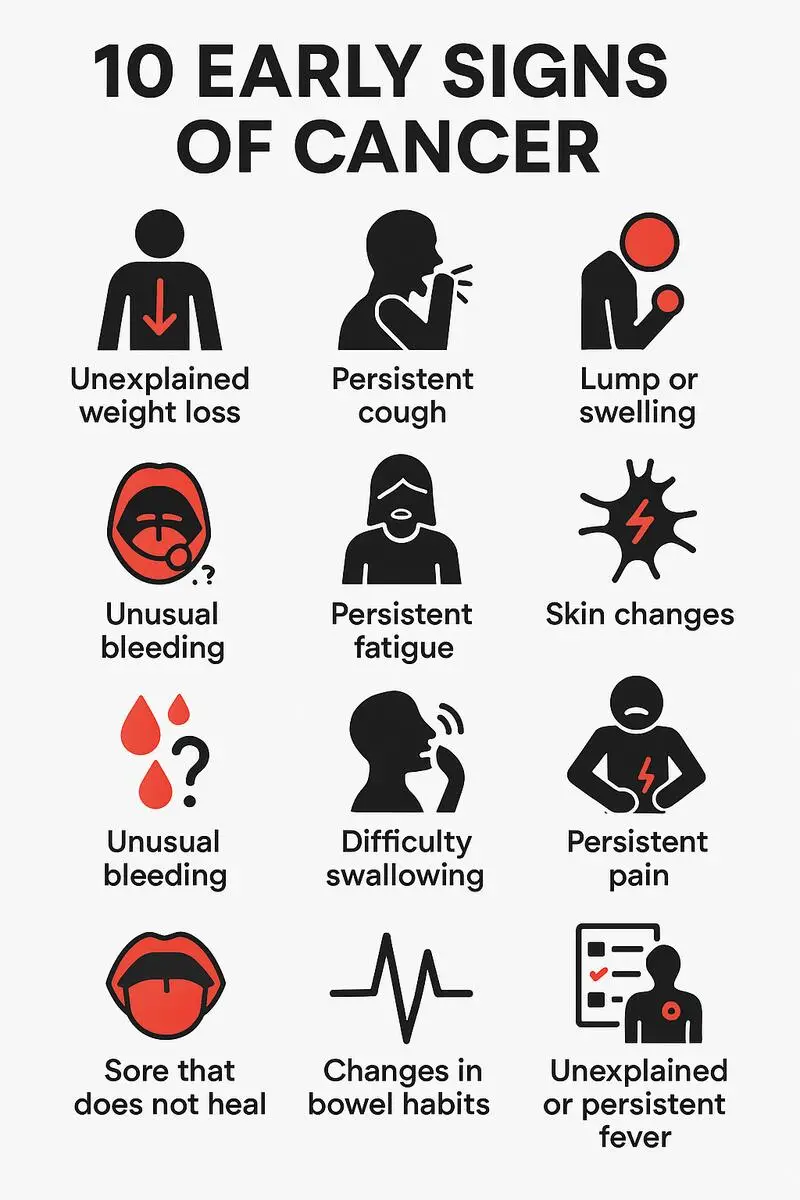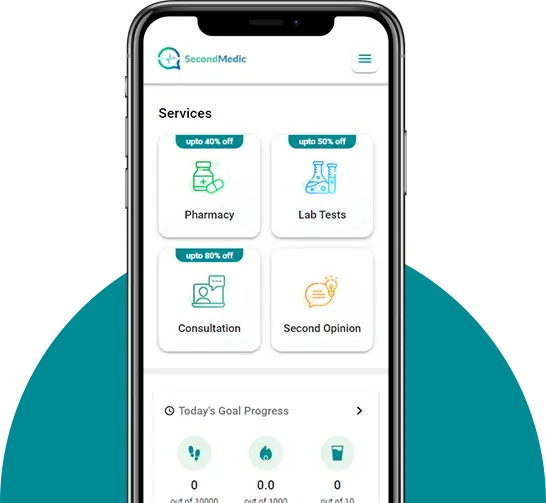- Published on: Aug 31, 2024
- 3 minute read
- By: SecondMedic Expert
Preventing Dental Cavities In Early Childhood
Dental cavities, also known as tooth decay, are one of the most common chronic diseases among children. It may seem surprising, but even babies can get cavities. Early childhood cavities can lead to pain, infection, and other dental problems that can affect a child’s overall health and development. Fortunately, cavities are preventable. In this blog, we’ll explore practical tips to help parents prevent dental cavities in early childhood, ensuring a bright and healthy smile for their little ones.
Understanding Dental Cavities in Children
Dental cavities occur when the bacteria in the mouth produce acids that attack the enamel, leading to holes or decay in the teeth. This can be especially problematic in children, whose teeth are still developing and are more vulnerable to decay. Some key factors contributing to cavities in children include:
Frequent Consumption of Sugary Foods and Drinks: Sugary foods and beverages can feed the bacteria in the mouth, leading to increased acid production and tooth decay.
Poor Oral Hygiene: Inadequate brushing and flossing allow plaque to build up, which can eventually turn into cavities.
Prolonged Use of Bottles or Sippy Cups: Allowing children to use bottles or sippy cups filled with milk, juice, or other sugary liquids for extended periods can expose their teeth to sugar for longer, increasing the risk of cavities.
Lack of Fluoride: Fluoride helps strengthen tooth enamel and prevents decay. A lack of fluoride can make teeth more susceptible to cavities.
Tips for Preventing Cavities in Early Childhood
Preventing cavities in young children requires a combination of good nutrition, proper oral hygiene, and regular dental care. Here are some effective strategies to keep your child’s teeth healthy:
1. Start Dental Care Early
Oral hygiene should begin even before your child’s first tooth appears. Wipe your baby’s gums with a clean, damp cloth after feedings to remove bacteria. Once the first tooth emerges, use a soft-bristled baby toothbrush with a tiny smear of fluoride toothpaste to gently clean the tooth. Establishing a routine early on will help your child get used to the idea of brushing.
2. Establish a Brushing Routine
Teach your child to brush their teeth twice a day—once in the morning and once before bedtime. Use a small, soft-bristled toothbrush and a pea-sized amount of fluoride toothpaste once they reach the age of three. Before the age of three, only a rice-sized amount of toothpaste is recommended. Assist your child with brushing until they can do it on their own effectively, usually around the age of six or seven.
3. Encourage Healthy Eating Habits
Diet plays a crucial role in dental health. Limit your child’s intake of sugary snacks and drinks, such as candies, cookies, and sugary juices. Instead, offer healthy alternatives like fruits, vegetables, cheese, and yogurt. These foods not only provide essential nutrients but also help keep the mouth clean. Water should be the primary drink between meals, and sugary drinks should be reserved for special occasions.
4. Avoid Prolonged Use of Bottles and Sippy Cups
Prolonged exposure to sugary drinks can lead to cavities, especially if children are allowed to fall asleep with a bottle in their mouth. Avoid putting your child to bed with a bottle of milk or juice, and try to transition from a bottle to a regular cup by the time they are one year old. If your child uses a sippy cup, fill it with water rather than sugary drinks.
5. Make Flossing a Part of the Routine
Flossing is an essential part of oral hygiene that is often overlooked in young children. Once your child has two teeth that touch, start flossing their teeth daily. This will help remove food particles and plaque that a toothbrush cannot reach. Floss picks designed for kids can make this process easier and more enjoyable.
6. Incorporate Fluoride
Fluoride is a mineral that strengthens tooth enamel and prevents cavities. It is essential for your child’s dental health. Check if your local water supply contains fluoride; if not, talk to your dentist about fluoride supplements. Using fluoride toothpaste and mouth rinses can also help protect your child’s teeth. Be cautious with the amount of fluoride, as too much can cause fluorosis, which is a cosmetic issue affecting the teeth.
7. Schedule Regular Dental Check-ups
Regular dental visits are vital for maintaining your child’s oral health. The American Dental Association recommends that children see a dentist by their first birthday or within six months of their first tooth erupting. Regular check-ups allow the dentist to monitor your child’s oral health, provide professional cleanings, and offer preventive treatments like fluoride varnishes or sealants.
8. Educate Your Child About Oral Hygiene
Teaching your child about the importance of oral hygiene from an early age can encourage them to take care of their teeth. Use fun, interactive methods like songs, stories, or videos to explain the importance of brushing, flossing, and visiting the dentist. Make brushing time a fun and rewarding experience by using colorful toothbrushes, flavored toothpaste, or a brushing chart with stickers.
9. Be a Role Model
Children learn by watching their parents. Set a good example by maintaining your own oral hygiene routine. Brush and floss your teeth regularly, and let your child see you taking care of your teeth. When your child sees you prioritizing dental care, they are more likely to follow suit.
10. Use Cavity-Fighting Products
There are several over-the-counter products designed to fight cavities in children, such as fluoride mouth rinses and dental sealants. Ask your dentist about the best options for your child. Dental sealants, in particular, are a great way to protect your child’s molars from decay. They are thin, protective coatings applied to the chewing surfaces of the back teeth, where cavities are most likely to form.
Conclusion
Preventing dental cavities in early childhood is essential for your child’s overall health and well-being. By starting dental care early, establishing good oral hygiene habits, and ensuring a healthy diet, you can set your child on the path to a lifetime of healthy teeth. Remember, the key to preventing cavities is consistency and education. With these tips, you can help your child enjoy a cavity-free smile that lasts a lifetime.
Regular dental visits and professional advice are crucial, so make sure to consult with your child’s dentist about the best preventive measures for their specific needs. Together, you can work towards ensuring your child’s dental health is in tip-top shape!
Read FAQs
A. You should start brushing your child's teeth as soon as their first tooth appears. Use a soft-bristled baby toothbrush with a smear of fluoride toothpaste.
A. Prevent cavities by ensuring your child brushes twice daily, flosses regularly, eats a balanced diet low in sugar, and visits the dentist regularly.
A. Yes, fluoride toothpaste is safe for children. Use a rice-sized amount for children under three and a pea-sized amount for children aged three and older.









